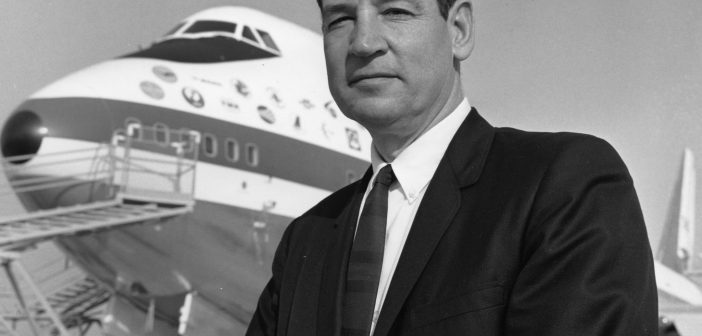It’s fading into history now, but aerospace companies were once almost exclusively run by engineers.
These men and women put their hearts into creating new aircraft and other systems. Companies bet their futures on ambitious and path-breaking projects that helped define the modern world.
The story of Boeing, the 747, and Joe Sutter is the most emblematic moment we have from this era. Joe, who died yesterday at age 95, had a wonderful personality and sense of humor. And an almost impossibly deep level of experience with commercial jetliner design.
The 747 was the second jetliner on which Boeing bet the future of the company. The 707 was the first, but the 747 was a far larger gamble. The Jumbo Jet was the biggest and heaviest passenger aircraft yet, forcing airports to invest in longer runways, reinforced parking areas and new terminals.
But it was a bet that paid off handsomely for Boeing as the iconic aircraft redefined air travel.
When the 747-8 program began ten years ago, Joe told me that the 747 was approaching its “half life.” But the days of the quad-jet are ending (for Airbus’s A380 too). Twin-jet economics are simply too compelling, and there are no longer any regulatory or safety concerns that keep them from taking over very long haul routes.
But almost half a century ago, the world’s first twin aisle jet, powered by the world’s first commercial high-bypass turbofans, offered a step change in the cost of international travel. The 747 helped usher in our modern age of mass global tourism and economic integration.
All told, 747 production will end at around 1,550 jets. That’s a remarkable achievement by any measure, and a record number of deliveries (so far) for any twin aisle jet. It’s also a testament to a great designer whose product helped bring the world closer together.
And a man who will continue to inspire a new generation of engineers to further shrink the world.




